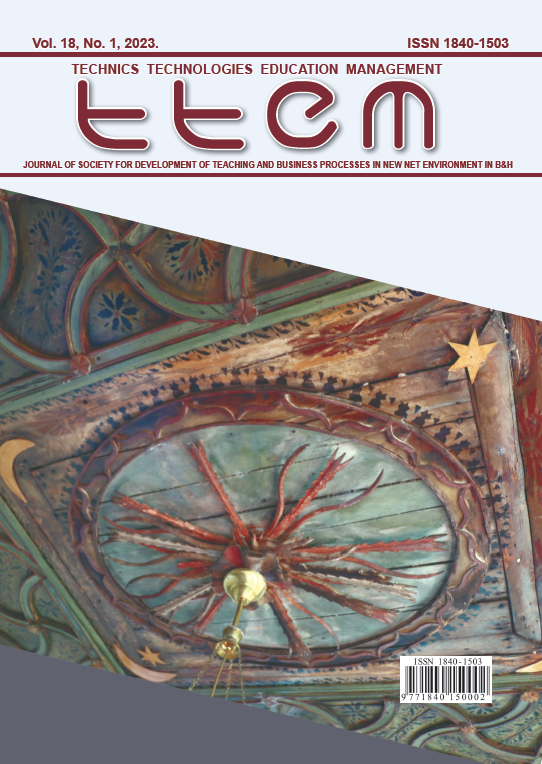The influence of modern technologies on the emergence of unacceptable forms of child behavior

Amela Hasanovic, Mensura Kudumovic
University of Sarajevo, Faculty of Educational Science, Sarajevo, Bosnia and Herzegovina.
Abstract
_________________________
The variety of Internet content allows children to open different, often inappropriate, content from which they cannot learn much, and the abundance of violence that is shown greatly affects their psyche. It is an indisputable fact that the media are present in all aspects of people’s lives, from business and economy to the private sphere of life. Along with the spread of Internet content, there are discussions about their importance and potential impact on users. Young people, searching for their identity, imitate idols. Annually, on average, they spend more time surfing the Internet than they spend studying, playing, socializing, doing sports, or some other activities. The goal of this research is to point out the potentially dangerous aspects of the use of modern technologies. Children and adolescents are considered a particularly sensitive social group that is in the phase of building attitudes, adopting, and constantly adapting to socialization frameworks and behavioral norms. In this research, a questionnaire was used as a research instrument. Based on the results and conversations with students, we can conclude that students mostly visit sites where they can share something, talk with other people, and play predominantly violent games. A large percentage of respondents stated that they had witnessed or themselves were victims of violence on the Internet. The worrisome fact is that children, or respondents, do not trust institutions (school, social service) too much, and they usually talk about problems with friends or parents, and the percentage of children who do not turn to anyone is also not negligible. As a society, it is important that we put our last efforts into reporting cases of online violence. To achieve this, prevention measures must first be used within the family unit, as it is the foundation for encouraging healthy behavior. Subsequently, educational institutions must work multisectorally with relevant organizations to comprehensively educate individuals about the dangers of social media.
Keywords: Internet, children, parents, unacceptable behavior, aggression, violence, help
References
- Buljan Flander, G. (2010). ‘’Nasilno ponašanje mladih. Zašto je ljubav važna?’’, Lađa 16, Zagreb.
- Hasanović, A. and Kudumović, M. (2023). ‘’Health problems caused by inadequate use of internet content and disorders caused by the same in children’s behavior’’, HealthMed Journal, Vol.17, pp.72-73.
- Jeđud, I. and Žižak, A. (2011). Agresivno ponašanje djece, Edukacijsko-rehabilitacijski fakultet Sveučilišta u Zagrebu.
- Kunczik, M. and Zipfel, A. (2006). Nasilje i mediji, Weimar, Beč.
- Kudumović M. and Aleksić, D. (2021). Savremena e-ŠKOLA, Pedagoški fakultet Univerziteta u Sarajevu.
- Kudumović, M. and Aleksić, D. (2021). ‘’Open school and EMILIN’s model of work in teaching methodology’’, Technics technologies education management, TTEM Journal, Vol.16, No.2, pp. 60-64.
- Košir, M., Zgrabljić, N. and Ranfl, R. (1999). Život sa medijima, Doron, Zagreb.
- Ministry of Education of the Canton of Sarajevo (2023), Report on the conducted research on the psychophysical health of children/students, educators and parents with recommendations. Available at: https://mo.ks.gov.ba/sites/mo.ks.gov.ba/files/2023-08/ Izvje%C5%A1taj%20o%20provedenom%20 istra%C5%BEivanju%202023%20za%20web.pdf (accessed 1 September 2023)
Corresponding Author
Amela Hasanovic,
University of Sarajevo,
Faculty of Educational Science,
Sarajevo,
Bosnia and Herzegovina,
E-mail: amelaa.hasanovic@hotmail.com
